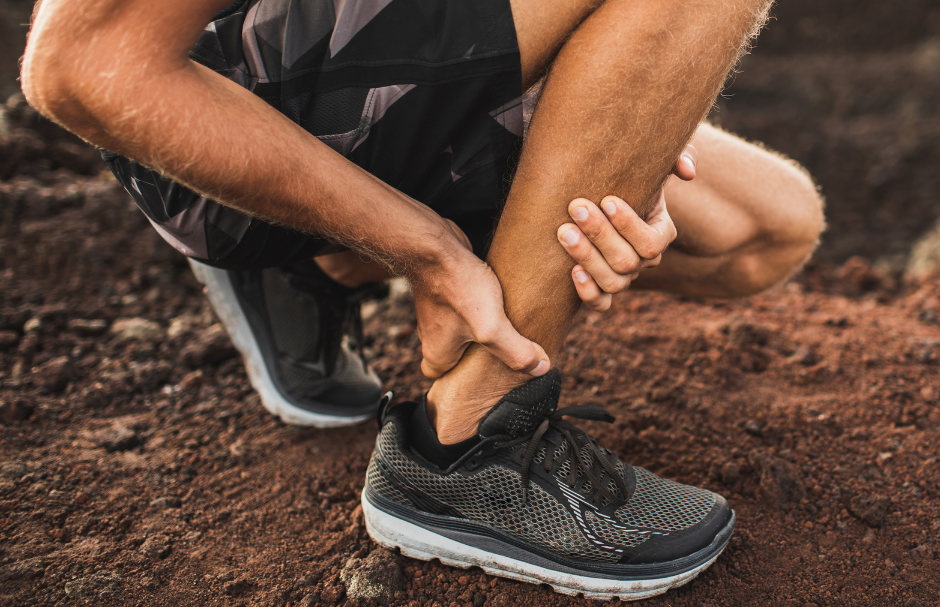How to Handle Tendon Tears and Ruptures
Your feet and ankles rely on a complex network of tendons to function smoothly, but overuse, injury, or age can increase the likelihood of tears or ruptures. These injuries cause significant pain and impact your mobility. They’re also relatively common, and recovery isn’t always easy.
Northern Ankle Foot Associates is happy to offer some pragmatic advice. For this blog, we’ll clarify the differences between a rupture and a tear and offer some straightforward guidance to assist you with prevention and recovery.
Tears vs. Ruptures
We might use ultrasound diagnostics to determine if you have:
- A partial tendon tear, which involves a fraying or microtear within the tendon itself. While painful, partial tears may allow for some limited movement.
- A complete tear or rupture, which severs the tendon entirely. This typically results in sudden, intense pain and a significant loss of function. A rupture’s pain is often described as sharp and debilitating. A snapping or popping sensation may accompany the injury.
In both cases, inflammation and swelling might present around the injured area.
Prevention
There are actions you can take to reduce your chances of suffering a tendon injury.
- Orthotics: Address overuse with biomechanically sound in shoe orthotics that decrease motion and pull on the affected tendon. This will lower the risk of any acute tendonitis developing into chronic tendinitis or tears.
- Strengthen and Stretch: Building up the muscles that support your tendons, such as your calves and the smaller muscles in your foot, will help improve joint stability and reduce strain. Some patients find resistance bands useful for this.
- Balance Training: This can reduce your risk of falling or landing awkwardly, which can stress tendons. Use a single-leg stance exercise on a wobble board or foam pad to improve your balance, and don’t neglect your core or glutes; their strength stabilizes you, too.
Management
Some severe tendon injuries require surgery. While we excel in performing these procedures, there are some steps you can take to ensure a proper recovery afterward.
- A combination of RICE (Rest, Ice, Compression, and Elevation), immobilization via splint, boot, brace, or cast, and a physical therapy regimen can be quite effective.
- Try for 20 minutes on, 20 minutes off when it comes to RICE. Use an ace bandage or compression sock, and keep the injured tendon above your heart for best results.
Are you in need of podiatric care or assistance? Please reach out to Northern Ankle Foot Associates and contact us today. Dr. Robyn Joseph would be happy to assist!


